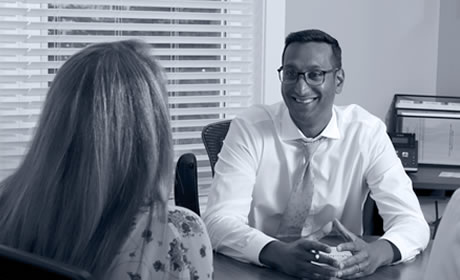The third quarter of the year proved quite eventful. The Federal Reserve opted to wait a little longer before beginning to dial back its bond purchases, and a budgetary showdown in D.C. resulted in a partial government shutdown on the same day the private healthcare exchanges mandated by the 2010 Affordable Care Act (ACA) opened. Political tensions arose over whether to defund or delay major provisions of the ACA. Additionally, lawmakers have until October 17 to raise the debt limit and avoid a default.
It remains to be seen what effect the first shutdown in almost two decades will have on the economy. But with more than 800,000 “nonessential” federal workers cut off from their paychecks, some are estimating the shutdown could cost the economy billions per week. “The longer a shutdown lasts, the greater the reduction in income for federal workers and the larger hit to overall consumer spending,” wrote Raymond James Chief Economist Scott Brown. “Unless the debt ceiling is raised, the government may miss a debt payment, kicking off a chain reaction in the financial markets.”
Uncertainty about the budget and debt ceiling negotiations played a role in the Federal Reserve’s decision to delay the initial tapering in its pace of asset purchases, according to Brown. The central bank said it is also keeping an eye on employment. The next jobs report was due this week, but its release will be delayed for an indefinite period of time if the government is still shut down. Other data could also be delayed, although we did see a report from the Institute for Supply Management that U.S. manufacturing grew at its fastest pace in almost two years. Investors are also waiting for hundreds of companies to report their quarterly results, which many analysts predict will show improved earnings.
While the last week of September saw a downturn among the domestic equity markets as politicians battled back and forth, all three major indices ended the quarter and the month higher. The NASDAQ showed the biggest gain for the three-month period, up more than 10%, and was the biggest gainer (up more than 5%) for the month. The broad market S&P 500 rose 3% in September, and the Dow Jones Industrial Average gained 2.2%. Historically, the markets also have gained ground in the 12 months after a government shutdown, albeit with some volatility, according to Bloomberg data.
|
9/30/13 Close |
6/28/13 Close |
Change |
Gain/Loss |
|
| DJIA |
15,129.67 |
14,909.60 |
+220.07 |
+1.5% |
| NASDAQ |
3,771.48 |
3,403.25 |
+368.23 |
+10.8% |
| S&P 500 |
1,681.55 |
1,606.28 |
+75.27 |
+4.7% |
Despite political bickering toward the end of September, the third quarter of 2013 finished in positive territory, as the rest of the economy continues to show signs of improvement. Still, when the markets react to headline news, it can be concerning and may warrant a discussion to check in on your portfolio and ensure it’s still aligned with your longer-term goals.
Please feel free to reach out to me if you have any questions about the economy, the financial markets and how they may impact your long-term financial plan. I look forward to speaking with you.
Investing involves risk, and investors may incur a profit or a loss. Past performance is not an indication of future results. Investors cannot invest directly in an index. The Dow Jones Industrial Average is an unmanaged index of 30 widely held stocks. The NASDAQ Composite Index is an unmanaged index of all common stocks listed on the NASDAQ National Stock Market. The S&P 500 is an unmanaged index of 500 widely held stocks. The performance mentioned does not include fees which would reduce an investor’s performance.













